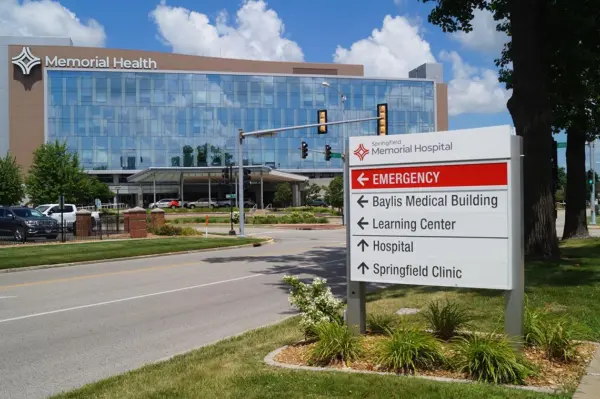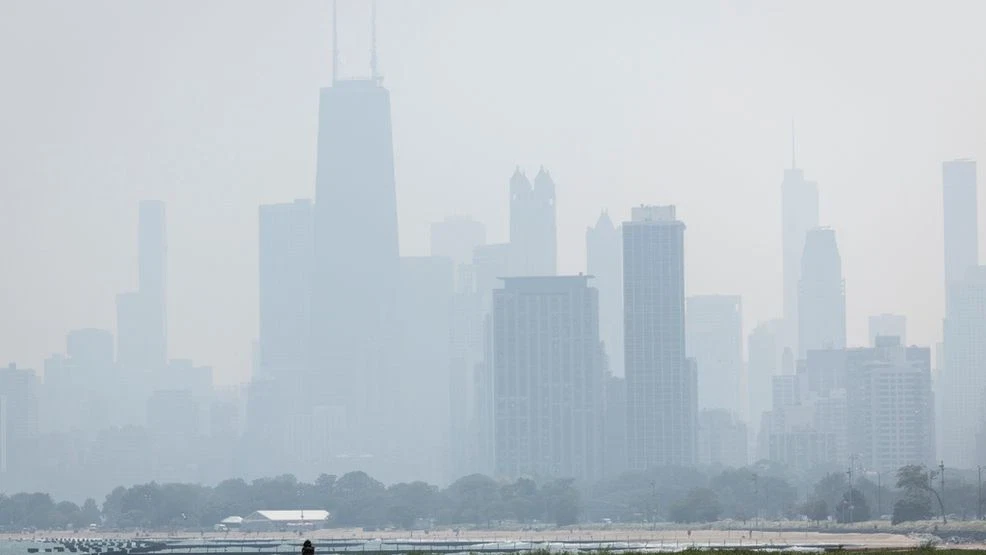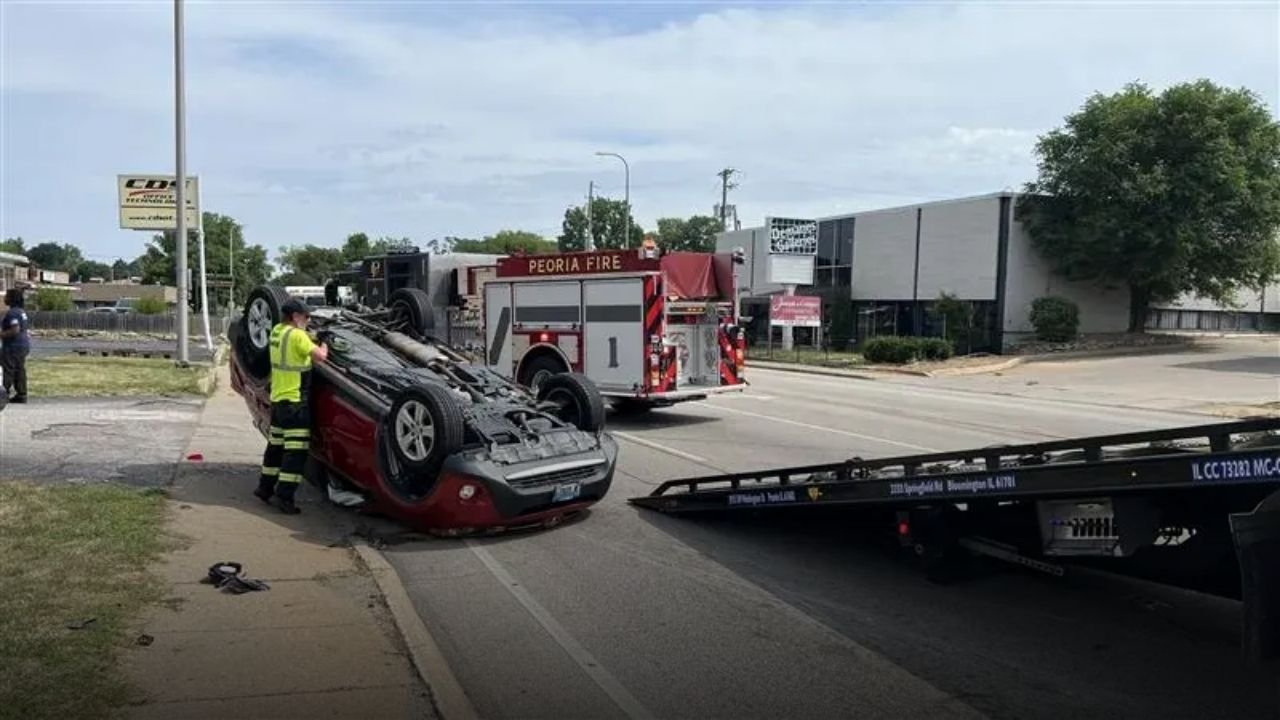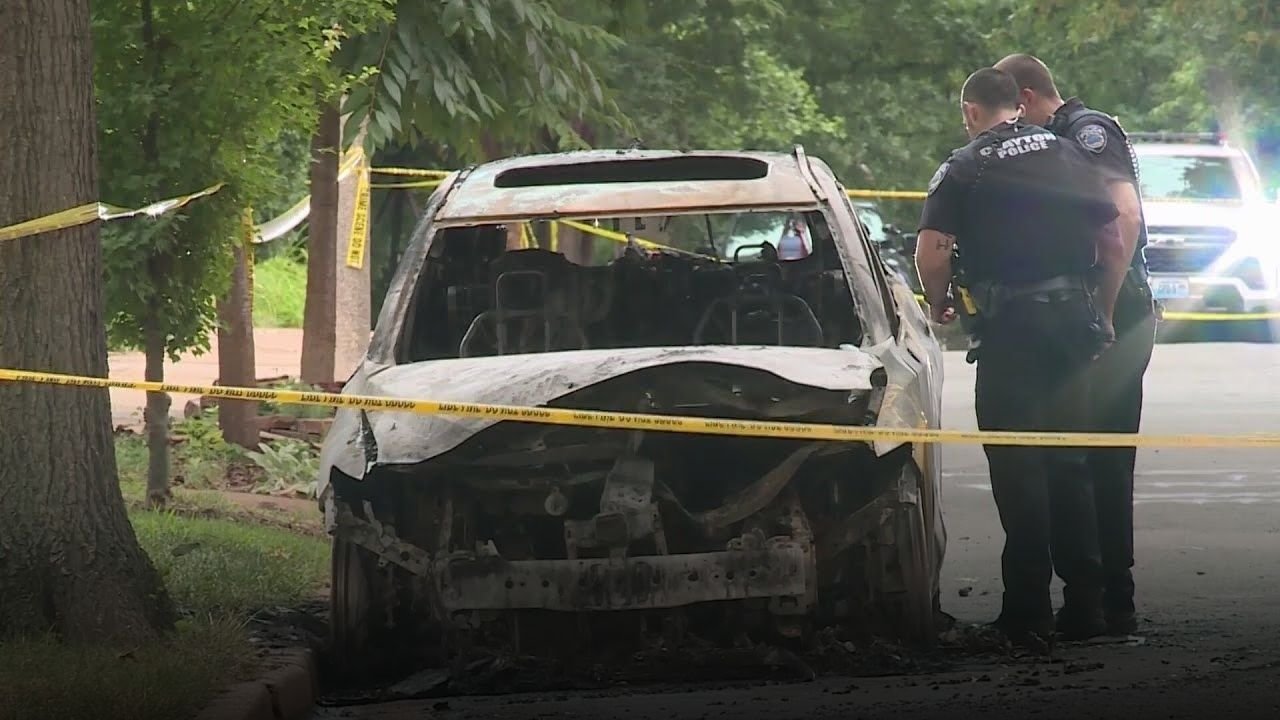LYBROOK, N.M. — When young Amari Werito steps off the school bus, he often smells what he calls “rotten eggs” in the air. That odor, his family says, comes from nearby oil and gas wells. Within an hour, the fourth-grader feels nauseous, weak, and refuses to eat. His teachers at Lybrook Elementary have documented repeated absences due to headaches and vomiting.
His father, Billton Werito, believes the air pollution is the cause. “They just keep getting sick,” he said. “Especially the younger one, he’s been throwing up and won’t eat.”
Amari isn’t alone. Dozens of students at schools near oil fields in northwest New Mexico show similar symptoms, and a new environmental study now confirms that pollution from fossil fuel extraction may be directly harming these children’s health.
Research Confirms Pollution’s Impact on Students

A study from Princeton University and Northern Arizona University examined emissions around Lybrook Elementary and other schools located within one mile of oil and gas wells. The results were alarming:
- Over 694 wells operate within a mile of public schools
- Roughly 29,500 students attend 74 public schools in this high-exposure zone
- Real-time monitoring showed spikes in benzene, particulate matter (PM2.5), and other harmful chemicals
- Pollution levels surged during school hours, especially during morning drop-off and recess
Scientists also found evidence linking these air toxins to low academic performance. “To me the surprise was the magnitude of the effects,” said Professor Mike Gilraine, who studied air quality and test scores. “It turns out air pollution is closely tied to performance in reading and math.”
Indeed, data showed that students at these schools performed worse than expected in science, reading, and math exams, raising alarms about long-term cognitive effects.
Why Illinois Parents Should Be Concerned
Though the findings come from New Mexico, the underlying issue isn’t limited to rural oil fields. Here in Chicago and surrounding areas, many public schools are located near industrial zones, highways, rail yards, or past and present chemical plants.
Environmental advocacy groups have long warned that air quality around Illinois schools is uneven, with children in low-income neighborhoods more likely to be exposed to harmful pollutants. Just like in New Mexico, those children are often Black, Latino, or Indigenous.
The South Side, Cicero, and parts of Joliet face known air quality risks. If fossil fuel or industrial operations increase near schools, children here may face similar consequences: reduced attendance, higher asthma rates, and long-term developmental setbacks.
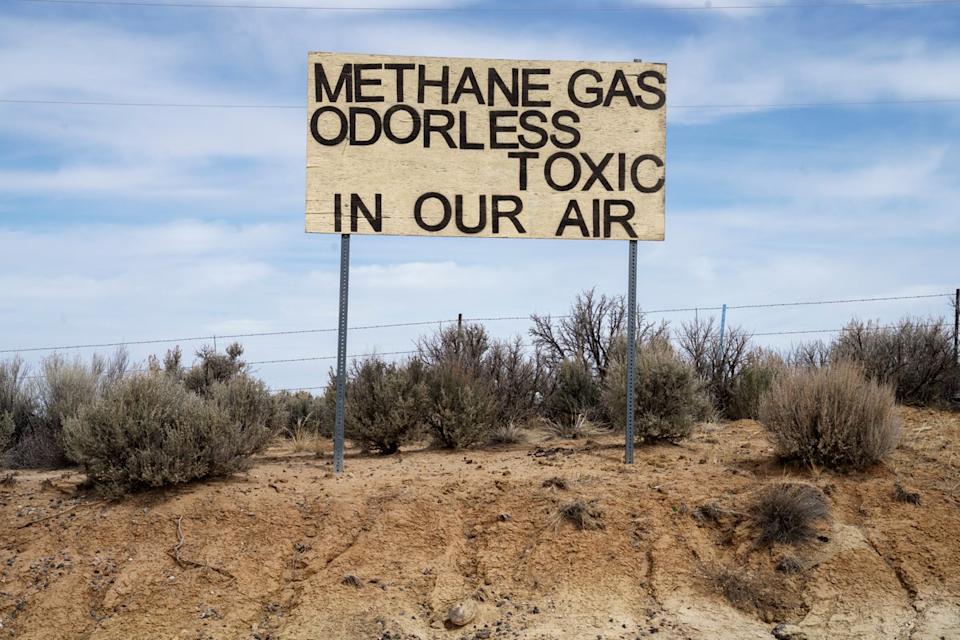
Economic Benefits vs. Health Costs
Oil and gas operations in New Mexico contribute an estimated $1.7 billion to public education. Some schools receive direct benefits like playgrounds, athletic fields, and technology upgrades.
But for parents like Werito, no dollar amount outweighs their children’s health. He and others are calling on lawmakers to restrict oil and gas leases within a mile of schools.
Community leader Daniel Tso echoed this concern: “That’s what the kids at the school are breathing in. It’s invisible damage happening every day.”
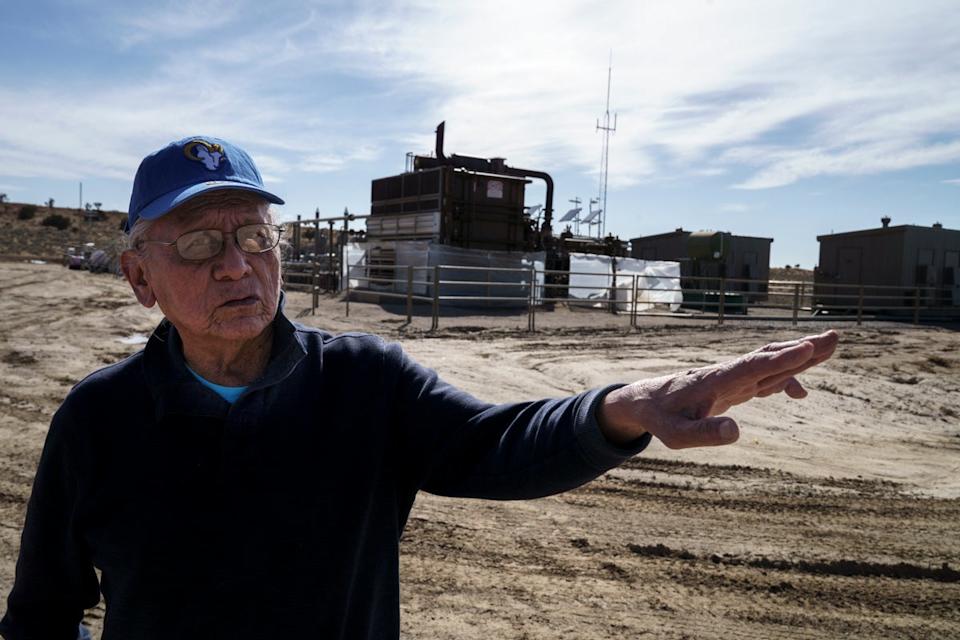
Policy Shifts and Local Action Underway
Following growing public pressure, New Mexico’s land commissioner recently banned new drilling leases within one mile of schools. Legislators are now pushing for broader reforms, including stricter environmental reviews before permitting new wells.
In Illinois, while no such drilling ban is in place, there is increasing support for school-specific environmental monitoring, better indoor filtration systems, and green buffer zones between schools and industrial activities.
Chicago-based groups like the Little Village Environmental Justice Organization have successfully pushed for cleanup efforts near schools in the past and are monitoring similar risks today.

What Parents and Communities Can Do
Whether in rural New Mexico or urban Illinois, the takeaway is the same: children deserve to breathe clean air, especially while learning. Parents, school officials, and local governments can take steps to reduce harm:
- Demand air quality monitoring data be made public
- Ask school boards about ventilation upgrades
- Support legislation creating buffer zones around schools
- Share health concerns with local public health departments
“These kids are just trying to learn. We owe it to them to make their environment safe,” said Tso.
Is your child’s school near a factory, highway, or industrial site? Have you ever noticed air smells or symptoms like headaches or coughing? Share your experience in the comments and let us know what solutions matter to your family.
Sources:
ProPublica Environmental Report


